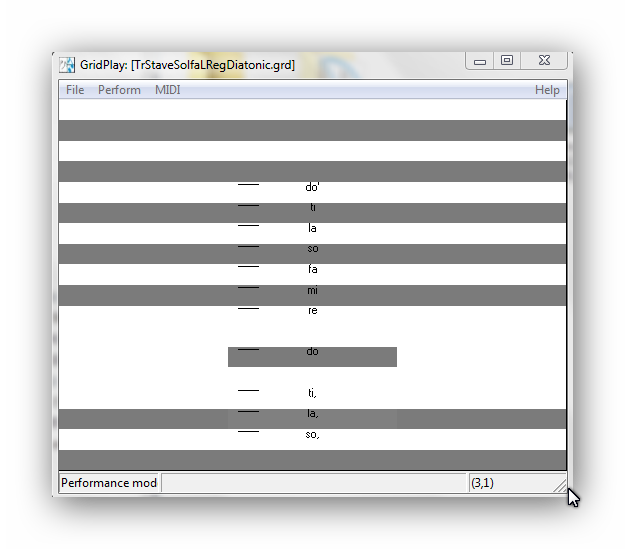Kodaly
Pre-schoolers and Tonic Sol-fa
Someone commenting on my post, “Sol-fa, So Good” asked about materials for parents to learn sol-fa with their pre-schoolers. I think a lot of people might be interested in my reply, so I’m putting it up as a new post and also posting it on my Family Music Forum. I’m figuring that more people will see it in these places than buried amongst the comments about sol-fa generally:
Any pre-school music group describing its sessions as based on “Kodaly” or “Colourstrings” principles will be using tonic sol-fa. Parents will usually be encouraged to learn with their little ones and to continue the fun at home.
Colourstrings Music Kindergartens began life as the pre-instrumental programme of the junior music school at the East Helsinki Music Institute. Everyone was astonished at the effect the programme had on the musical development of the young participants and the standards they went on to achieve in the Institute’s junior ensembles. There is now an excellent training programme for people who wish to teach the programme and classes are available in many different countries.
Songs in the “Singing Rascals” books and tapes have been selected from those which over the years have proved appealing and easy to learn. They are presented in child-size hardback books which are beautifully illustrated and children adore them!
Dr. Géza Szilvay, Head of East Helsinki Music Institute and Compiler of the “Singing Rascals” series says in his introduction:
The “Singing Rascals” books are intended as a means of helping parents, grandparents, kindergarten and nursery school teachers, and all those who have children in their care, to create stimulating and purposeful moments with them… …The series is supported by a parallel series of audio tapes on which infants sing and young children perform the melodies, but no cassette, however good, can replace the lap and guidance of the close relative or friend.
These same sentiments inform my own “GridPlay: Creative Explorations, Level 1” software resources, which owe much to my experience of using “Colourstrings” materials with pre-schoolers:
For more information about “Colourstrings”, visit www.colourstrings.co.uk. I would recommend starting with the “Pentatonic” book. The audio is now available in CD format from www.westcoastmedia.co.uk. I can’t recommend these resources too highly.
Several posts on my blog deal with aspects of tonic sol-fa, so if you don’t see what you want in this post, check the ‘Category’ menu in the sidebar for more on this subject.

